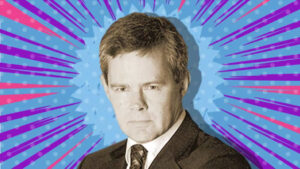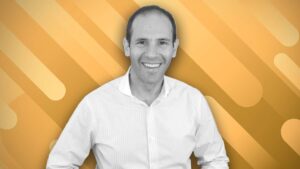West African Resources boss Richard Hyde on why it’s the place to be for a new gold miner
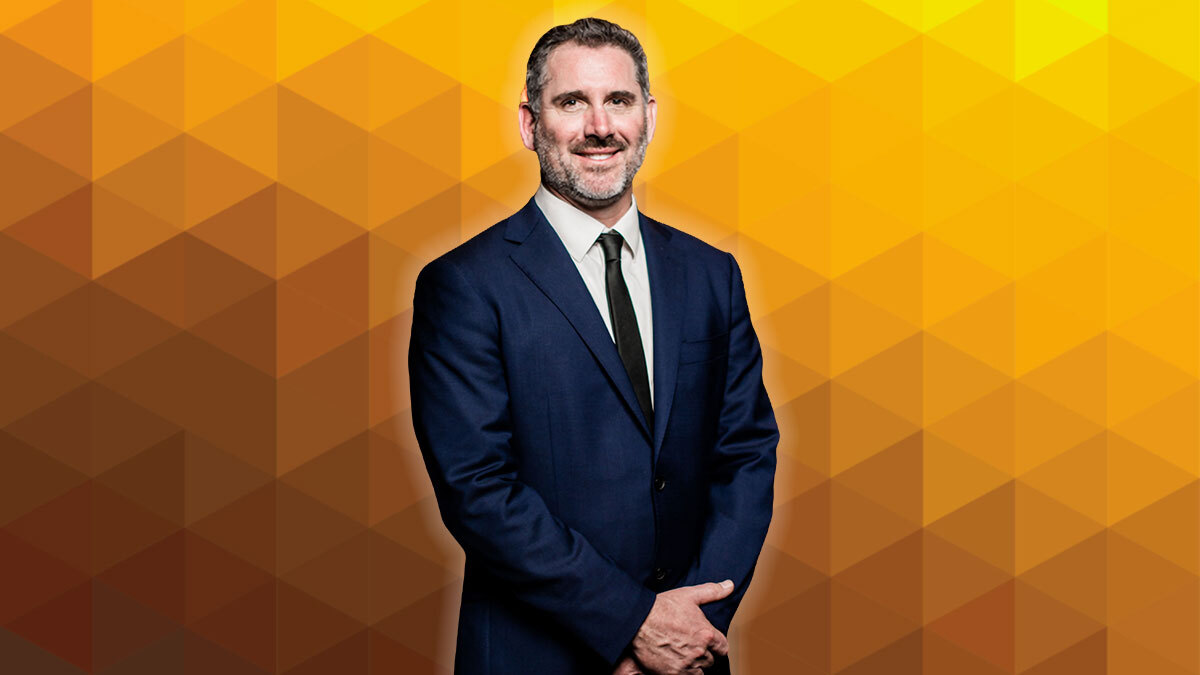
Pic: Stockhead/West African Resources
Inflation pressures have brought green shoots for gold miners, who have seen prices rise by around US$100/oz over the past fortnight.
But for most of the year it’s been a tough run for ASX-listed gold producers, who have suffered negative sentiment despite for the most part generating solid profits.
However, another reality is for many gold miners with relatively mature operations, costs are on the up.
One gold miner that has seen off the storm this year is $1.37 billion capped West African Resources (ASX:WAF), which is sitting 28% up year to date and 35% over the past 12 months.
If you had invested in the company five years ago while it explored, studied, funded and delivered its Sanbrado gold project in Burkina Faso, you would be sitting on a more than 400% gain.
Since opening the mine at the start of the Covid-19 pandemic in March last year, West African has gone from strength to strength at Sanbrado.
It produced 81,960oz in the three months to September 30, at all in sustaining costs of US$690/oz, some of the lowest in the world without significant copper credits, and is on track to exceed its 280,000oz production target in its first full calendar year in 2021.
Results like those earned the new gold producer the coveted Digger of the Year Award at this year’s Diggers and Dealers mining forum in Kalgoorlie, and it has since turned dealer too, buying the nearby 6.8Moz Kiaka project from B2Gold and GAMS for a combined US$100m in a bid to become a 400,000ozpa producer by 2025.
While many investors and companies are focused on what they call “Tier 1 mines in Tier 1 jurisdictions”, research from Euroz Hartleys analyst Michael Scantlebury found the lowest cost producers in the September quarter once growth capital was taken into account came from West African producers in WAF and Perseus Mining (ASX:PRU), which recently opened its low cost Yauore operation in the Ivory Coast.
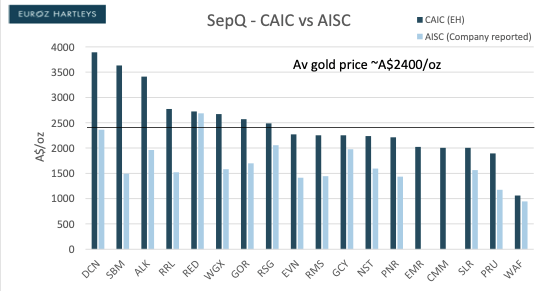
Stockhead spoke to West African Resources managing director Richard Hyde about what’s been going so right for the gold producer and why Burkina Faso is the place to be for a new gold miner.
Something really notable about West African resources is at a time where pretty much all producing gold stocks have been trending down over the last 12 months; West African’s gone the other way – what do you think’s been the driver behind that?
“We’ve managed to deliver the projects on time, on budget.
“We put a lot of work into the feasibility studies before we funded the project, and that included a lot of drilling work.
“And consequently, our resources and reserves have been reconciling very well, I think that’s a big part of it.
“And also, it’s a new project. So we’ve had a lot of cash flow early in the project, in contrast to some of the older projects in Western Australia.”
West African Resources share price today:
In terms of the project, it looks like it’s going to wind up producing more than you’d expected in its first calendar year.
“I think it goes back to having really solid resources. So the resource work that we’ve done, and the drilling work we’ve done historically, has been to a very high standard.
“So we’ve got a lot of confidence in the resource and then consequently, the reserves. The reconciliation has been very, very good.
“So it’s slightly positive on reserves. The plant’s overperformed since we started, it’s done about 20% higher than nameplate throughput, so we’ve been able to push more tonnes through which has helped as well.
“One of the most important parts of the project has been that the high grade resources at M1 South both for open pits and underground has reconciled positively.
“So that’s been a huge benefit this year and we’re seeing that quarter on quarter, we’ve been producing more than planned and we’re on track to exceed the top end of guidance in production this year.”
You see that so much in new projects, when they start to stutter, it’s about grade reconciliation.
“You do, and it’s because when you start a project as a single asset company, you’ve got to manage finances really well.
“And so there’s the temptation to hold back on grade control or to do less drilling. We’ve gone the other way.
“We were a company run by geologists, so myself and (COO) Lyndon Hopkins are both geologists and we’ve got a very strong geology and mining team in country.
“We put a lot of effort into understanding the geology and drilling. We’ve done a lot of drilling and on tight centres as well. So certainly for the higher grade, part of M1 South, even in resource drilling, we were less than 25m centres, down to 12.5m centres for reserve work and then we’ve closed that down further in grade control underground.
“So it’s back to first principles. I think that’s the most important part of any mining project, getting the geology right and getting the resources right.
“So that includes detailed drilling, underground sampling, detailed underground grade control drilling, and then it gives us the confidence to plan our reserves and build our mine plan.”
A lot of companies, particularly sort of bigger companies, at the moment are fairly shy about moving into what they call ‘not tier one’ jurisdictions. Do you think that companies and investors are missing the boat a bit if they’re not looking in places like West Africa, where we just seem to be seeing so many new large sources of gold being found?
“Definitely, if you look globally the best place to go looking for a gold deposit is in West Africa.
“Endeavor’s becoming the Northern Star of West Africa, it’s already over a million ounce production per annum from a number of operations in Burkina and Ivory Coast.
“And if you think about that line of that was trotted out … previously we’ve heard a lot about Tier 1 assets in Tier 1 jurisdictions.
“And the reality is, I don’t think a lot of those are Tier 1 assets. You can look at (Northern Star’s) Pogo (in Alaska), which was … represented as a Tier 1 asset in a Tier 1 jurisdiction and it hasn’t performed.
“So you need good geology, and that’s the cornerstone of building any company and West Africa has got the best geology in the world for gold deposits.
“Some of the best gold mines in the world are in West Africa. And they really don’t get a lot of publicity in ‘Tier 1’ investment jurisdictions like North America and Australia.
“So that’s our view and we still see potential to grow the company through discovery and potential future acquisitions in the region.”
And that’s certainly the case when you’ve got around a decade currently at Sanbrado and then you’ve got the Kiaka gold project that you’ve acquired as well, so you’re looking at doubling down in Africa at up to 400,000 ounces per annum.
“Sanbrado right now has more than 12 years at more than 200,000 ounces per annum. And then when we combine that with Kiaka, which we think is going to be a plus 200,000oz plus-15 year project, definitely, we will see ourselves as a mid-tier producer in two assets that are 45km apart.
“If you think historically about successful companies that have been built in Western Australia, there’s a lot of benefit to having synergy through operations. And also through building the operations, you end up with quality processing plants that have got synergies between them, where if you can have common spares that reduces your costs.
“And having new plants keeps sustaining costs lower because you’re not rebuilding plants. So a lot of the assets in more mature jurisdictions like Western Australia, their all in sustaining costs can be quite reasonable.
“But then when you add growth capital in or capital works projects to maintain operations, that’s really where we start to see costs creeping up.
“We’re in this to make money for our shareholders and stakeholders and the two best performing or the two highest margin producers on the ASX right now are West African gold producers in Perseus and West African Resources.
“It just shows you that new projects over there, they generate a lot of free cash flow early on. West Africa seems to me that it is kind of where the West Australian Goldfields were at in the 1980s and 90s when new discoveries were being made.”
Just on the process of building and operating a mine from another country in the middle of a pandemic. What’s that experience been like for you and how were you able to achieve it and keep everything on track. What’s the Covid situation been like in Burkina Faso?
“The Covid situation in West Africa has been pretty stable. It’s a region that already deals with significant health issues given there’s endemic malaria, but also meningitis is an issue as well.
“There’s a lot of endemic diseases in the region. Burkina actually has an extremely young population, so the average age in Burkina is less than 20 years old. So it (Covid) has obviously been in the country and in the region, but we haven’t seen that really affect the economy in Burkina.
“One of the benefits of being an international gold producer is that we can hire from a broader region.
“Here at the moment, 90% of our workforce comes from Burkina Faso and 50% of our workforce is from the local area, and we’ve got world’s best training programs in place so that those people will end up getting training and certificates that would be equivalent to the training that’s given in Australia.
“Things are pretty tough here (in WA) at the moment for producers because they can’t get people in.
“We’ve got expat staff and highly skilled technical staff that do come from Australia and New Zealand. But also we’ve got them coming from North America. We’ve got expats from the UK, from Europe.
“And (with) the travel in and out of Europe, Africa was open, it was formally closed until about July last year, when things opened up again with Europe (and it) has been open for the last 12 months.
“So that’s enabled us to fly out of Europe. And also having the strength in our local workforce as well has been a real benefit.
“There’s a maturing mining industry in Burkina. It’s not quite mature yet, but we’ve got some very experienced local geologists and engineers, surveyors, some of the technical roles that you’d be struggling to fill here in Western Australia at the moment, you can fill those positions in Burkina because there’s been mining there for well over a decade now.”
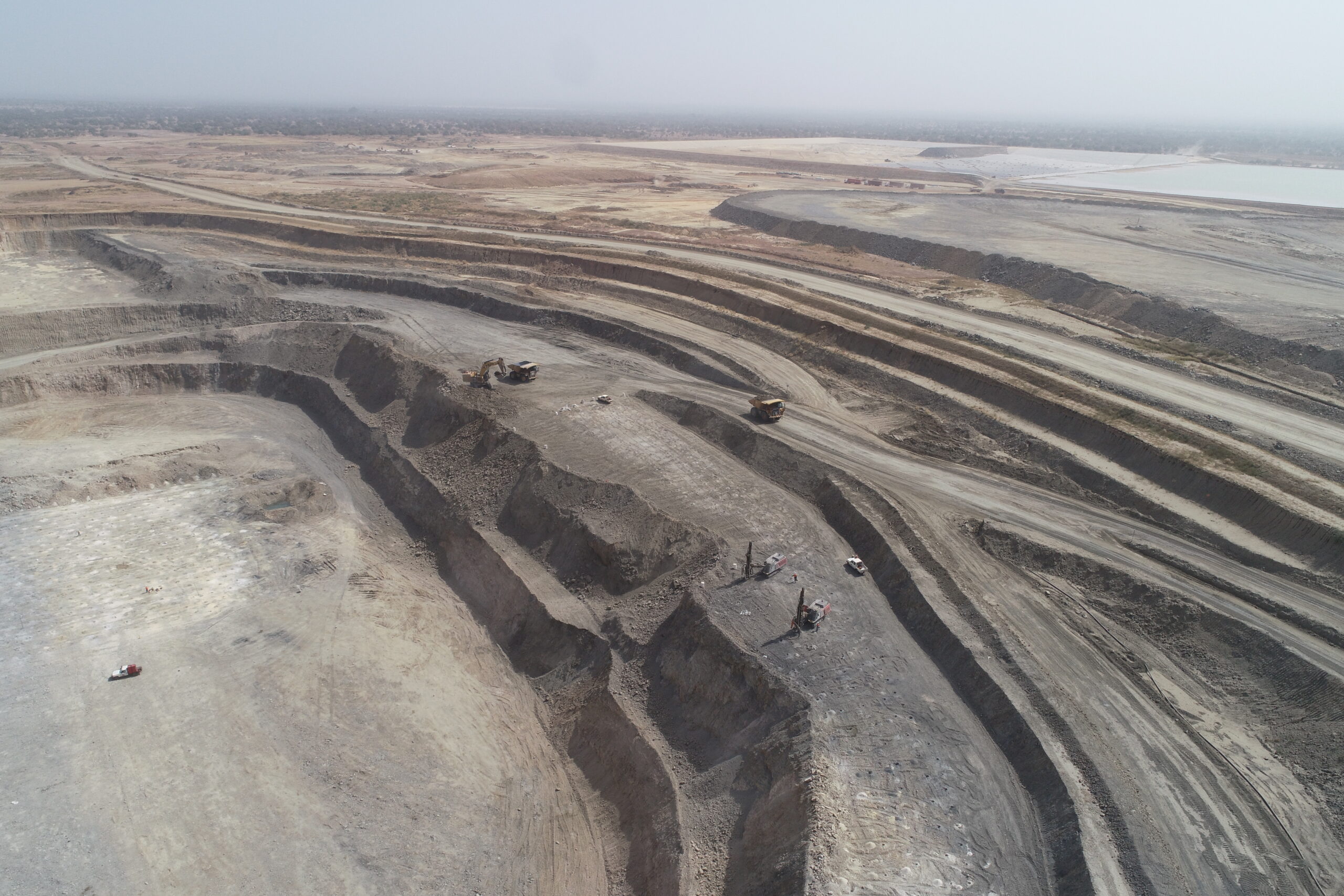
I’m interested still in your view on that sort of Tier 1, Tier 2 and below, that dichotomy. I don’t know, do you view it a bit of a psychosis for investors and a bit of a buzzword more than it is reality? Obviously some places will have more jurisdictional risk, but at the end of the day, you know, companies are looking to make money and build communities.
“I think a lot of the talk (is) around Tier 1 assets in Tier 1 jurisdictions but really they’re, Tier 3 or Tier 4 projects when it comes to cash generation.
“Each jurisdiction has got its own challenges. So some of these jurisdictions in North America and even Australia, now have got issues with green tape and social issues.
“So we’ve got over 1300 people on site at the moment in staff and contractors, and we pay wages – certainly for Burkinabe workers, that are much higher than the average wages in the country.
“And the positive thing about money in a developing country like Burkina Faso is that you’re definitely generating goodwill from the local people, and you’re making a difference in people’s lives.
“And something that’s very positive about mining that we probably don’t talk enough about.
“The good thing about doing work in developing new projects – and Perseus has done the same thing with Yauore – is that most of those projects generate cashflow early.
“You’ve got generally got oxide mineralisation from surface which is generally higher grade and it’s got excellent metallurgical characteristics. So there are high recoveries and cheap processing costs that allow you to pay back capital and then eventually grow the company or deliver back to shareholders, which is what we want to do.
“That’s just the reality of building new projects in West Africa. It’ll be the same for new discoveries in Western Australia, as long as they’re near enough to surface. Some of these projects that are interesting and have been discovered recently, they’ll still have pre-strip, they’ll still have capital required up front before you can start generating cash flow, particularly if they’re under cover.
“Generally projects in West Africa are at or near surface so they generate cash flow early.
“Western Australia has always led the charge as far as world’s best practice in exploration and mining, there is no doubt about that. And that’s why the key people in our company have been trained here in Western Australia and then we’ve taken those skills to West Africa to go and find and develop new projects.
“And what I think we’ll find over the next decade is the new techniques that have been applied in Western Australia, like flying airborne geophysics and VTEM, is a very good example where it’s been successful in delineating new projects and new targets in Western Australia.
“West Africa generally, and Burkina Faso definitely, hasn’t had enough modern exploration techniques applied in the discovery of gold and other deposits. So I think that’s going to happen and West African will be flying VTEM next year over all our projects.
“So I’ve been really impressed with what I’ve seen in Western Australia and we’re hopeful it will generate more targets and more deposits for us too.”
Related Topics

UNLOCK INSIGHTS
Discover the untold stories of emerging ASX stocks.
Daily news and expert analysis, it's free to subscribe.
By proceeding, you confirm you understand that we handle personal information in accordance with our Privacy Policy.
